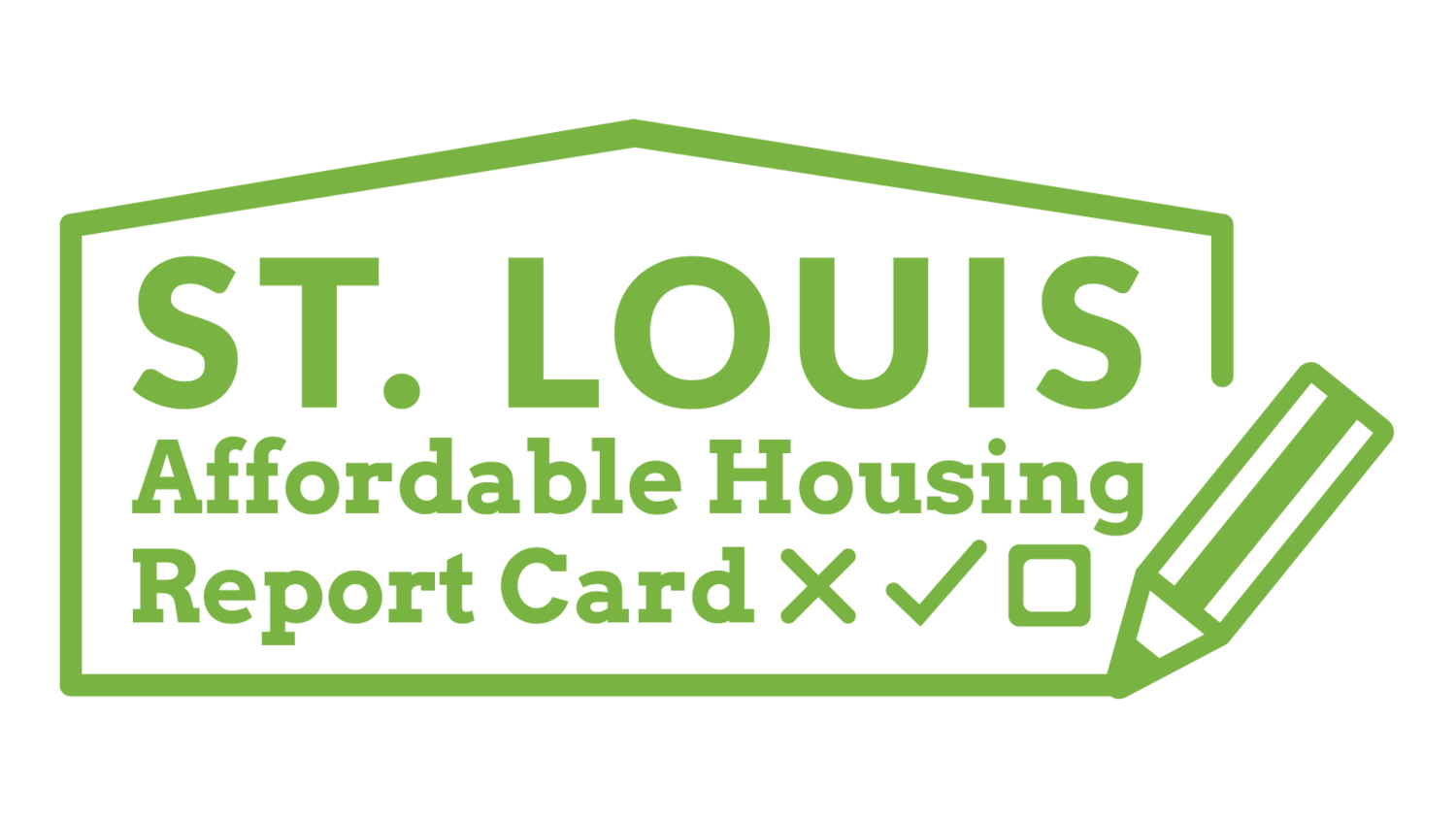
Deep Dive into Affordable Housing
The strategies in this section discuss what we are doing as a region to make housing more affordable. Our ability to measure these activities provides a guidepost of progress towards achieving our goal of affordable housing for all.
Theme 1: Preserving Existing Affordable Housing
The preservation of existing affordable housing is key towards reducing the risk of our region losing affordable units at a faster rate than we can replace them. The majority of our most affordable housing was built to last a lifetime… but it’s now onto its second generation.
In the first theme of this Report Card, we will be reviewing four aspects of preserving existing affordable housing, including maintaining quantity, improving quality, preventing displacement, and financing for rehabilitation and home repair.
1.1 Maintaining Quantity
Affordable housing preservation is achieved when subsidized and naturally occurring affordable housing opportunities continue to be available over time. In this section, we estimate current levels of affordable housing provided through various programs.
1.2 Improving Quality
Affordable housing preservation is achieved when properties are maintained and units are both functional and accessible. This section discusses our ability to measure housing quality in terms of housing conditions and accessibility.
1.3 Preventing Displacement
Affordable housing preservation is achieved when displacement of existing low-income residents is prevented. This section discusses our ability to measure displacement and the impact of prevention efforts.
1.4 Financing Home Repair and Rehabilitation
Preserving existing affordable housing requires financing for home repair and rehabilitation. This section shares the resources available to homeowners, landlords, and multifamily property managers, such as public housing authorities.
Theme 2: Building New Housing Opportunities
Building new affordable housing opportunities are necessary to reduce the unmet demand for affordable housing in our region. For affordable housing to help families thrive, not just survive, housing opportunities must be located in places where they want to live. For affordable housing to help St. Louisians attain permanent housing stability, homeownership has to become more attainable for low-income households.
In the second theme of this Report Card, we will be reviewing three aspects of building new affordable housing opportunities, including increasing quantity, supporting housing mobility, and financing for new construction and homeownership.
2.1 Increasing Quantity
This section discusses our ability to measure increasing the construction of new affordable units in market-rate, subsidized, and public housing developments.
2.2 Supporting Mobility
This section discusses ways in which we can measure success for housing mobility programs like the Housing Choice Voucher Program.
Accountability Recommendations
In order to better measure success for affordable housing goals, we have the following recommendations for data collection or reporting for various institutions.
2.3 Financing for New Construction and Homeownership
This section discusses the financial resources available to affordable housing developers, as well as to prospective homeowners that seek mortgage financing for home purchases.

